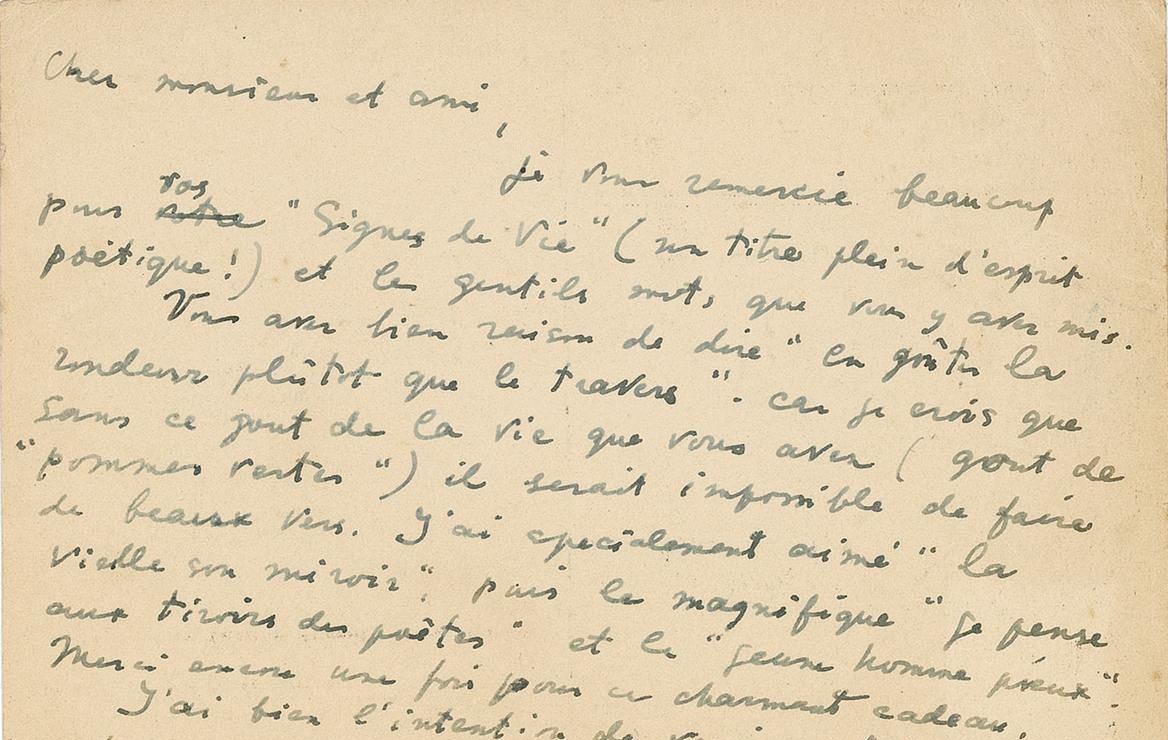While Vladimir Nabokov penned the romance of the pint sized Lolita on 3’ x 5’ index cards, we write the novel of our modern society on our screens.
Russian author Nabokov, who graced the literary world with pieces such as Lolita (1955) and Pale Fire (1962), produced nearly all of his works on the limited medium of a standard index card. His final and longest piece Ada (1969) spanned the length of 589 book pages and more than 2,000 index cards. The story goes that Nabokov would write on his index cards as his wife drove him on butterfly expeditions.
When asked what the greatest pleasure of writing is, Nabokov’s response was that, “there is the first satisfaction of arranging it on a bit of paper.” During another interview about his daily routine, Vladimir revealed that he played “skrebl,” Scrabble with the Cyrillic alphabet, for an hour or two after dinner daily. For him, the ability to edit, arrange and rearrange was a pleasure that went unescaped.

On his methods, he said, “The pattern of the thing precedes the thing. I fill in the gaps of the crossword at any spot I happen to choose. These bits I write on index cards until the novel is done. My schedule is flexible, but I am rather particular about my instruments: lined Bristol cards and well sharpened, not too hard, pencils capped with erasers.”
Author JK Rowling, who wrote the Harry Potter series, is notorious for the story that she committed the first concepts of a magical world on an airplane vomit bag. Thereafter, Australian musician and now published author Nick Cave put together a book called The Sick Bag Song, a collection of various pieces and thoughts scrawled similarly on the freely distributed paper property of airlines.

Literary purists may argue that creating on such a limited medium is hardly conducive to continuous thought, especially not beneficial to the lengths and continuity expected of communication through writing. Certainly, a long and standard sheet of lined paper is the preferred medium for any kind of creation in the elementary, intermediate and high school levels. But as we’ve seen with Nabokov and others, the casual conveyal of startling topics on an index card or some other small medium seems to make for ease of consumption and creation.
Alternatively, Beat Generation author Jack Kerouac penned On the Road on a 120 ft scroll of papers taped together for means of preserving his continuous thought. Kerouac is arguably the opposite kind of writer than Nabokov altogether, his thoughts born to near permanence on a medium that can hardly be rearranged.

Alternatively today, another kind of author exists. Creating on the small screens of mobile phones, but armed with the limitless information available behind their fingertips, and on the modern luxury of an infinite scroll, the authors who write the swan songs of the 21st century are neither Nabokov’s nor Kerouac’s. Sometimes they are bound by the 140 characters of a text box, other times a limitless number of characters, but funneled into the small, inches wide screen of a smart phone. The shrinking of standard web displays to be mobile-friendly is quite the opposite of Nabokov’s creative process. We take content born on larger displays and shrink them down to summaries, mincing images, displays and even at times, words.

Undeniably, the modern author has been so aided by the improvements in technology that whatever method they choose is never hindered by physical limitations. The middle medium of paper drafts has become optional, and in becoming so, has made it easier than ever to produce and produce and produce.
There is no doubt that more content is created today than ever before, any person becoming a published author with the help of social media, blogs and forums. The question ultimately becomes, is this new content of a better or worse quality than before? Has our departure from pen and paper, scrolls and index cards, compromised our abilities to produce or has it enhanced and aided our creative processes?










